Few places have become a must-visit destination as quickly as Iceland has. The land of fire and ice has rocketed onto the world’s stage, partly thanks to movies and TV shows such as Game of Thrones being filmed there. Of course, if you visit Iceland, there’s really no avoiding its capital, Reykjavík.
It may be a small city, but Reykjavík is a perfect introduction to Iceland. Whether it’s just a stopover or the focus of your Icelandic adventure, three days in Reykjavík is a great idea. We highly recommend following our Reykjavík itinerary, which will take you through exactly what to do in Reykjavík in three days.
Best Time to Visit Reykjavík
On a visit to Iceland, which sits just below the Arctic Circle, timing is everything. This isn’t to say that there’s a wrong time to visit the Icelandic capital, only that what you want to do there will determine the best time to visit Reykjavík for you.
If you’re looking for the best sightseeing weather, summer (June through August) is the obvious choice for visiting Reykjavík. Of course, that’s also when the whole country is busiest with tourists. Expect to share the sights with plenty of other visitors and for prices to be at their highest. The clear alternative to the high prices of summer is to visit in spring or autumn, when mixed weather brings lower prices.
Don’t rule out going to Iceland in winter, though. While this is when the weather is coldest and the days shortest, there is still a draw during these months. February and March are the best times to see the Northern Lights in Iceland. Just remember to bundle up!
How to Get Around Reykjavik
A small city by most standards, Reykjavík isn’t difficult to get around, weather permitting. You can easily cover the main part of the city on foot. However, there are buses that run from the inner city to the outer neighborhoods, with a range of ticket types available.
For day trips out of Reykjavík, most people either take a tour or drive themselves in a rental car. If you’re thinking about renting a car, check out RentalCars.com, which usually offers the best rates in Iceland. The regional buses might also be useful for exploring beyond the city.
To get from Keflavík Airport to Reykjavík (if you don’t rent a car), you’ll need to take one of the airport transfer buses. The buses have regular departures and make the journey in about 45 minutes. They’ll even drop you off right at your accommodation in town.
Where to Stay in Reykjavík
With a long weekend in Reykjavík, you’ll want somewhere cozy to come back to after sightseeing. Figuring out where to stay in Reykjavík is pretty straightforward, as it isn’t that big and most accommodations are in the city center. The best places to stay in Reykjavík are generally no farther east than the Reykjavík Art Museum, nor farther south than the National Museum of Iceland.
If you’re looking for the highest levels of comfort, you’ll want to stay at the four-star Sand Hotel by Keahotels. This ideally located hotel boasts stylishly comfortable rooms and all the amenities you could ask for, including a superb breakfast.
If you’re looking to balance comfort and cost, Apartment K is a great option. It offers a wide range of modern studios and apartments, each with its own kitchen, and the friendly staff helps make it a nice place to stay.
Iceland is a famously expensive destination, so its budget options are limited, but the Hlemmur Square Hostel offers some of the most affordable beds in Reykjavík. This hostel is not only cheap, but also in a great location. Its communal spaces, including shared kitchens, make it perfect for backpackers.
Another great place to find apartment rentals is Airbnb. For recommendations, check out our list of the best Airbnbs in Reykjavík.
For more accommodation options in Reykjavík, check out Booking.com. This site consistently offers the best rates, and its customer service is on point.
The Perfect 3-Day Reykjavík Itinerary
Whether it’s simply a stopover as you fly between North America and Europe or part of a greater Iceland itinerary, a few days is all you need in Reykjavík. Of course, to make the most of your time there, you’ll need some guidance. This itinerary will not only take you through the best places to visit in Reykjavík, but also help you identify which other places and activities you’ll want to experience in this part of Iceland.
However, before we get to our Reykjavik itinerary, we just wanted to remind you to purchase travel insurance. You never know what will happen and, trust us, you do not want to get stuck with thousands of dollars in medical bills. As a wise man once said, “If you can’t afford travel insurance, you can’t afford to travel.” So don’t leave home without it.
SafetyWing offers travel insurance for only about $10 a week, making it a no-brainer to get. You can get a quick, non-binding quote below:

SafetyWing is, of course, not the only option available. Two other popular alternatives are World Nomads and Heymondo.
OK, let’s delve into this special Reykjavík travel itinerary! When you finish reading, you’ll know exactly what to do with your three days in Reykjavík.
Day 1 in Reykjavik
When you arrive in the Icelandic capital, there’s no better way to start your visit than by quickly seeing the best of Reykjavík. By visiting these sights that sit close together on your first day, you’ll free up time later on for some bigger excursions.
Hallgrímskirkja
High on the list of best things to do in Reykjavík is a visit to the iconic Hallgrímskirkja, the tallest church in Iceland. Resting on a small hill in the center of the city, Hallgrímskirkja has a striking design that echoes elements of Iceland’s landscapes, such as the trap rock along the coast. You can not only admire the church from inside and out, but also head up the tower for the best view of Reykjavík.
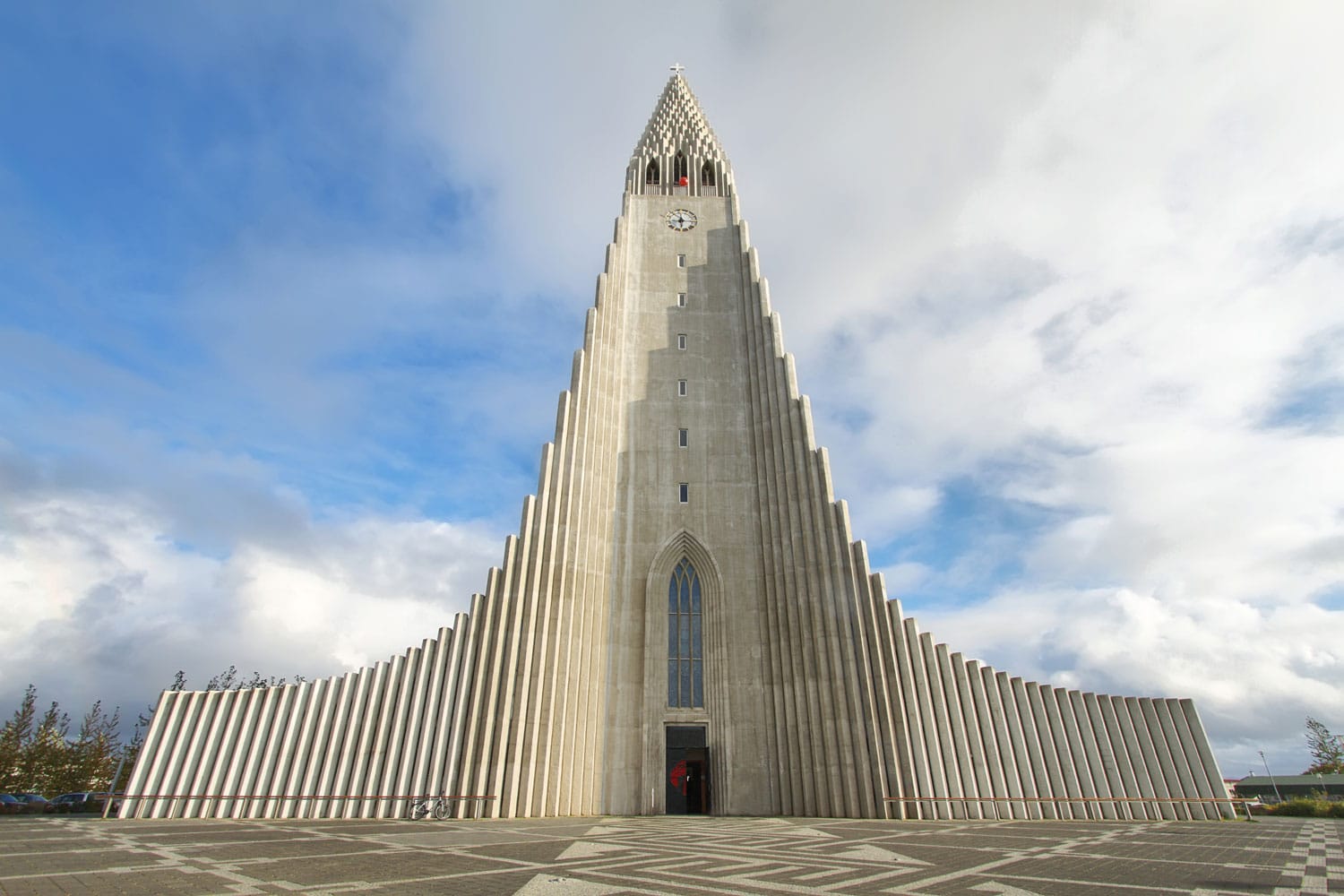
Laugavegur
Walking along Laugavegur, the street that runs directly through the city center, is a must for Reykjavík visitors. Lined with boutiques, cafes, and restaurants, it’s a popular spot for shopping and dining. You’ll also find traditional Icelandic buildings and the odd street mural along Laugavegur.
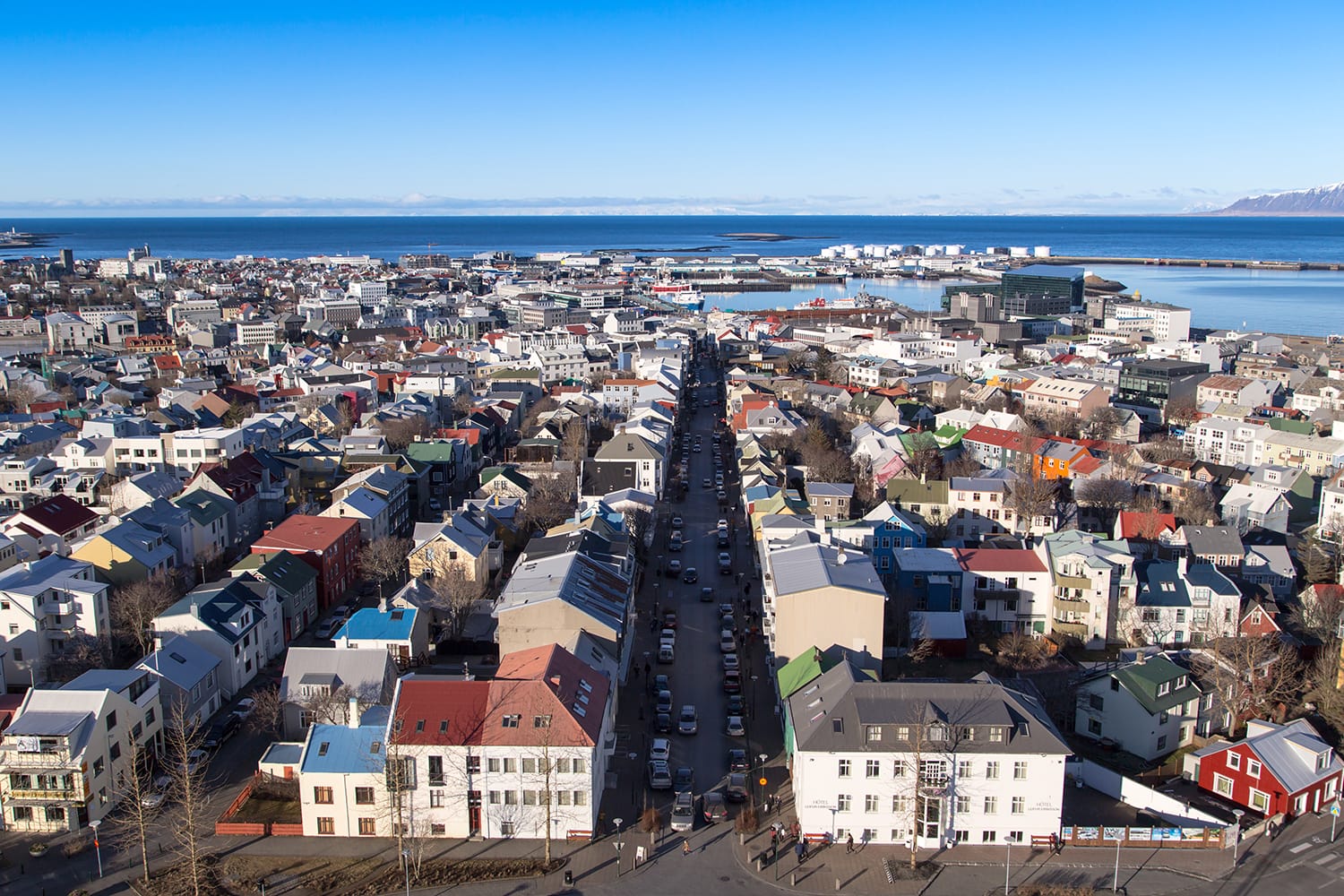
Austurvöllur Square
Right in the middle of the downtown area lies the Austurvöllur Square and its public park. Around the square are all sorts of stores and restaurants, Reykjavík Cathedral, and the somber stone Parliament House, which features a picturesque garden that blooms during the warmer months.
The most interesting spot here is a small monument directly across the road from the Parliament House. Known as The Black Cone, Monument to Civil Disobedience, this sculpture of a cone splitting a boulder serves as a reminder that it is the people’s right and duty to protest when the government violates their rights. Bearing a quote from the French Revolution, the monument is a provocative message to the Icelandic Parliament.
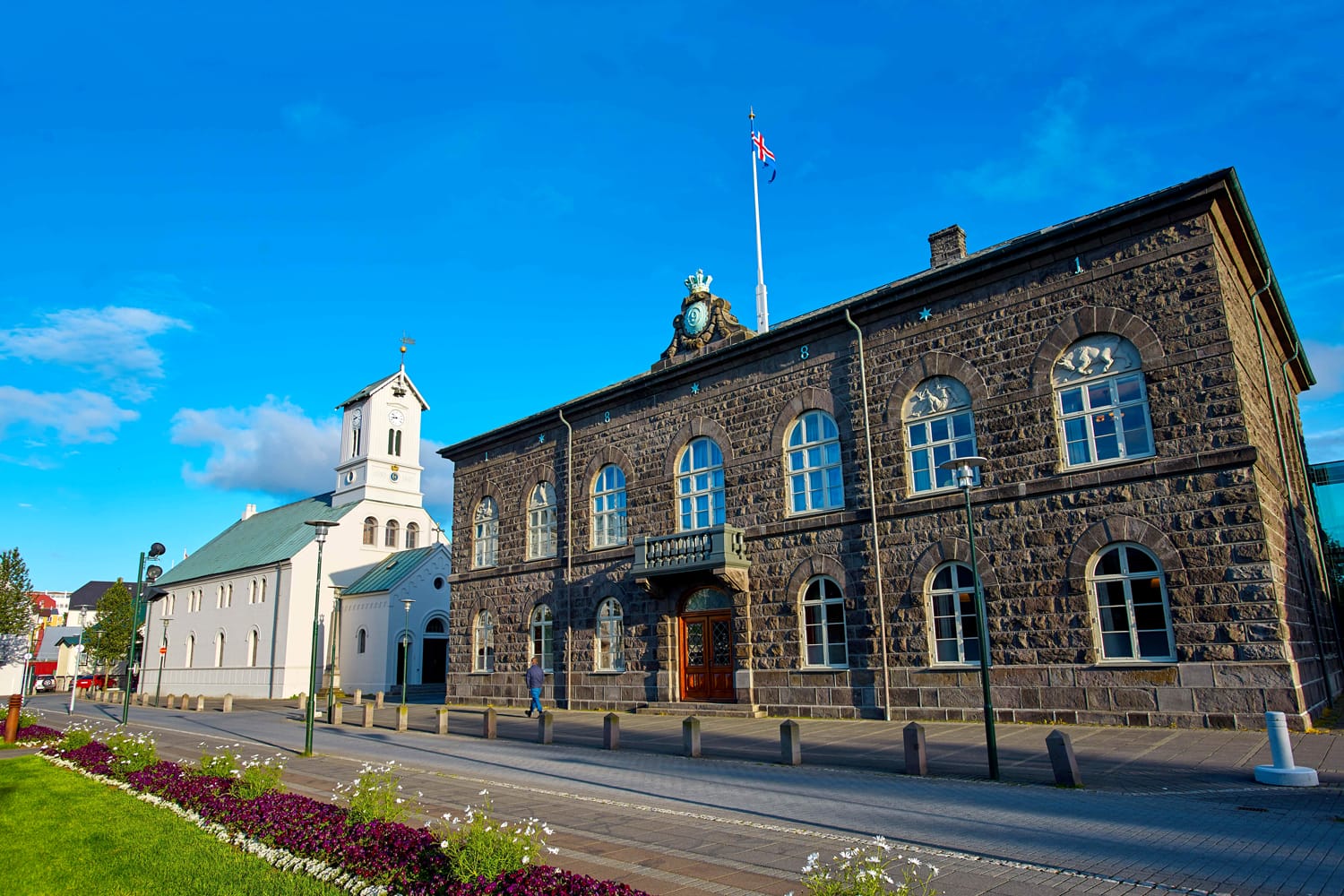
Tjörnin
A short walk from the downtown area brings you to the peaceful sight of Tjörnin (meaning “the lake” or “the pond”), a relaxing spot from which to admire the city. With ducks, swans, and geese paddling around and buildings like the Fríkirkjan (Free Church) by the shore, this scenic lake offers a nice break from sightseeing. Of course, it takes on quite a different feel when it freezes over in winter.
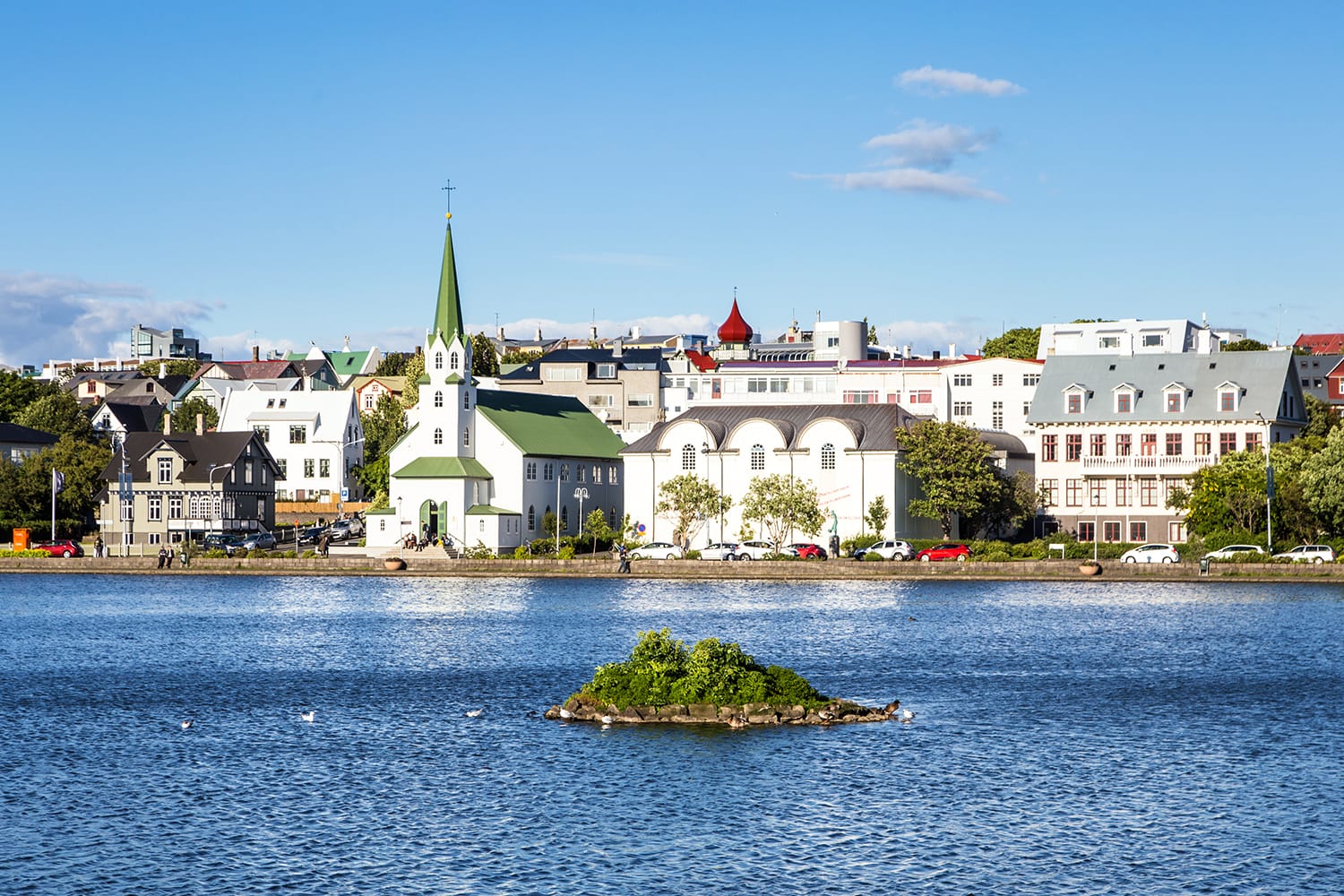
National Museum of Iceland
To better understand Reykjavík and the country as a whole, take a trip to one of Iceland’s best museums, the National Museum of Iceland. The exhibits take you from the earliest days of Vikings settling here to modern Iceland, explaining the country’s heritage, history, and people through artifacts and photography. You’ll come away with a better grasp of how Iceland became the place it is today.
Harpa Concert Hall
Down by the Old Harbour is one of the city’s most beautiful new additions, Harpa. This gleaming glass concert hall’s stunning architecture seems to draw just as many visitors as the performances do. Whether its beautiful design is enhanced by reflected sunlight or the incredible nightly light display, it’s a sight to behold. It’s also worth going inside to admire the hidden layer of its contemporary design.
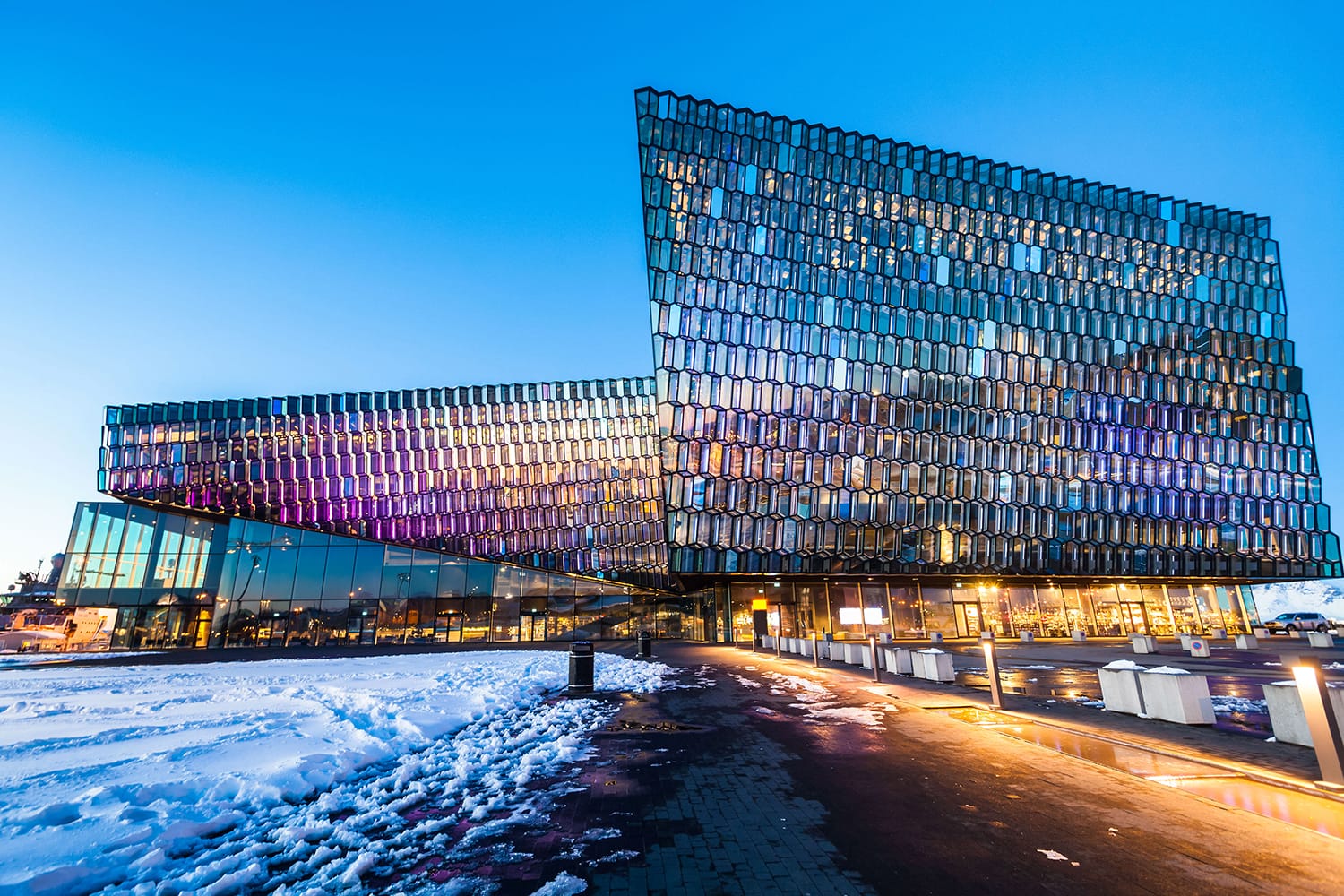
Icelandic Phallological Museum
Certainly Reykjavík’s most unusual attraction, the Icelandic Phallological Museum is perhaps the last thing you’d expect to find on your visit. Inside this museum, you can see over 200 penises from animals native to Iceland and its waters. This includes specimens from whales, seals, and even a polar bear, as well as pieces attached to local folklore. While not for everyone, this museum manages to draw in quite a few people curious about what they might see there.
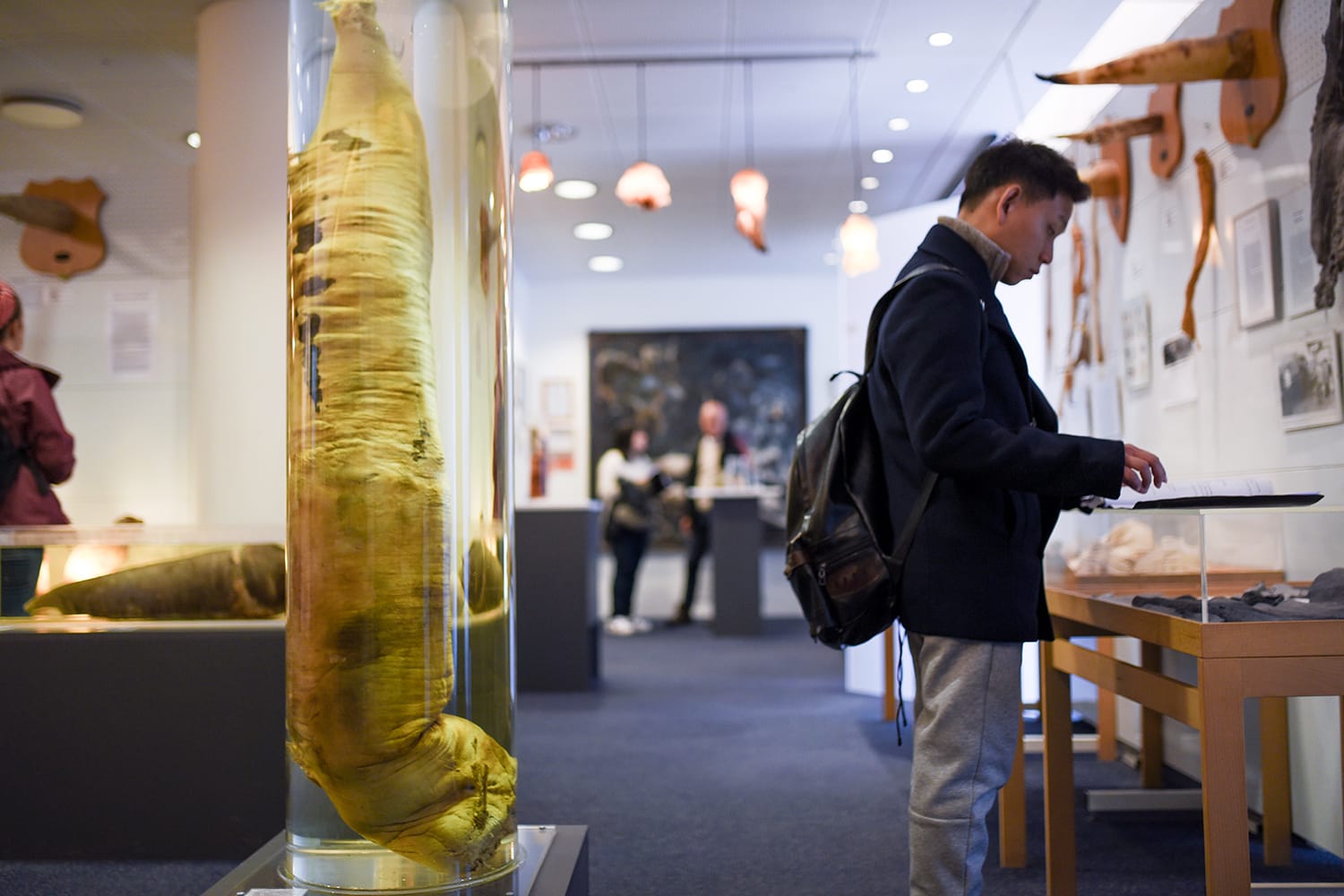
Sun Voyager
There’s no better spot to watch the sunset than the Sun Voyager along the city’s northern waterfront. With a distant backdrop of fjords and mountains, this steel sculpture looks even more dazzling with skies of purple and orange. Crafted in 1986 to look like a Viking longship, the Sun Voyager is a popular subject for photographers hoping to catch the waning light.
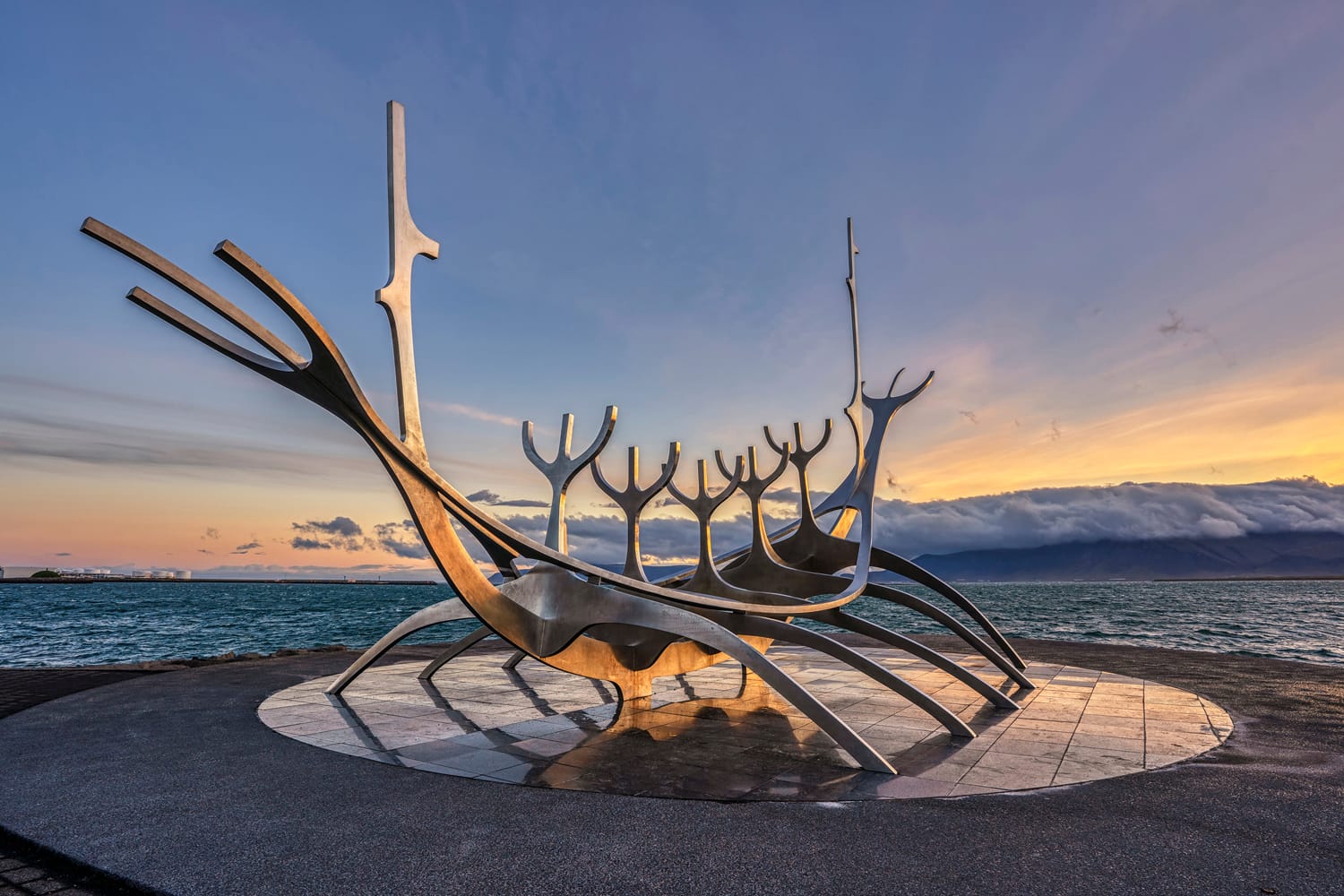
Day 2 in Reykjavík
For your second day in Reykjavík, it’s time to make the most popular day trip from the city around Iceland’s Golden Circle. Along this well-trodden circuit, you’ll take in a collection of beautiful and historically significant natural landmarks not far from Reykjavík. Normally taking a little more than half a day, this day trip may leave you enough time for another sight inside or outside the city.
Recommendation: If you don’t rent a car, consider taking this full-day Golden Circle tour. It’s a great value for the money, and the guides are super fun and knowledgeable about Iceland.
Thingvellir National Park
First up on a tour of the Golden Circle is Thingvellir National Park, which is both geologically fascinating and deeply important to Icelandic history. When you stand in this rift valley, you’re actually standing between the tectonic plates of North America and Eurasia. You can clearly see where the tectonic plates start, thanks to the sheer cliffs that form their edges.
The rocky terrain and the nearby lake, Thingvallavatn, make Thingvellir a beautiful place to visit. This is also where you’ll find Silfra, a truly unique spot to go snorkeling or diving.
Thingvellir is also culturally important, as it was once the site of the Icelandic Parliament’s headquarters. From the years 930 to 1800, this hallowed place was where Iceland’s leaders would meet. If you walk down to Lögberg (Law Rock),you’ll be on the very spot where one of the world’s oldest parliaments convened.
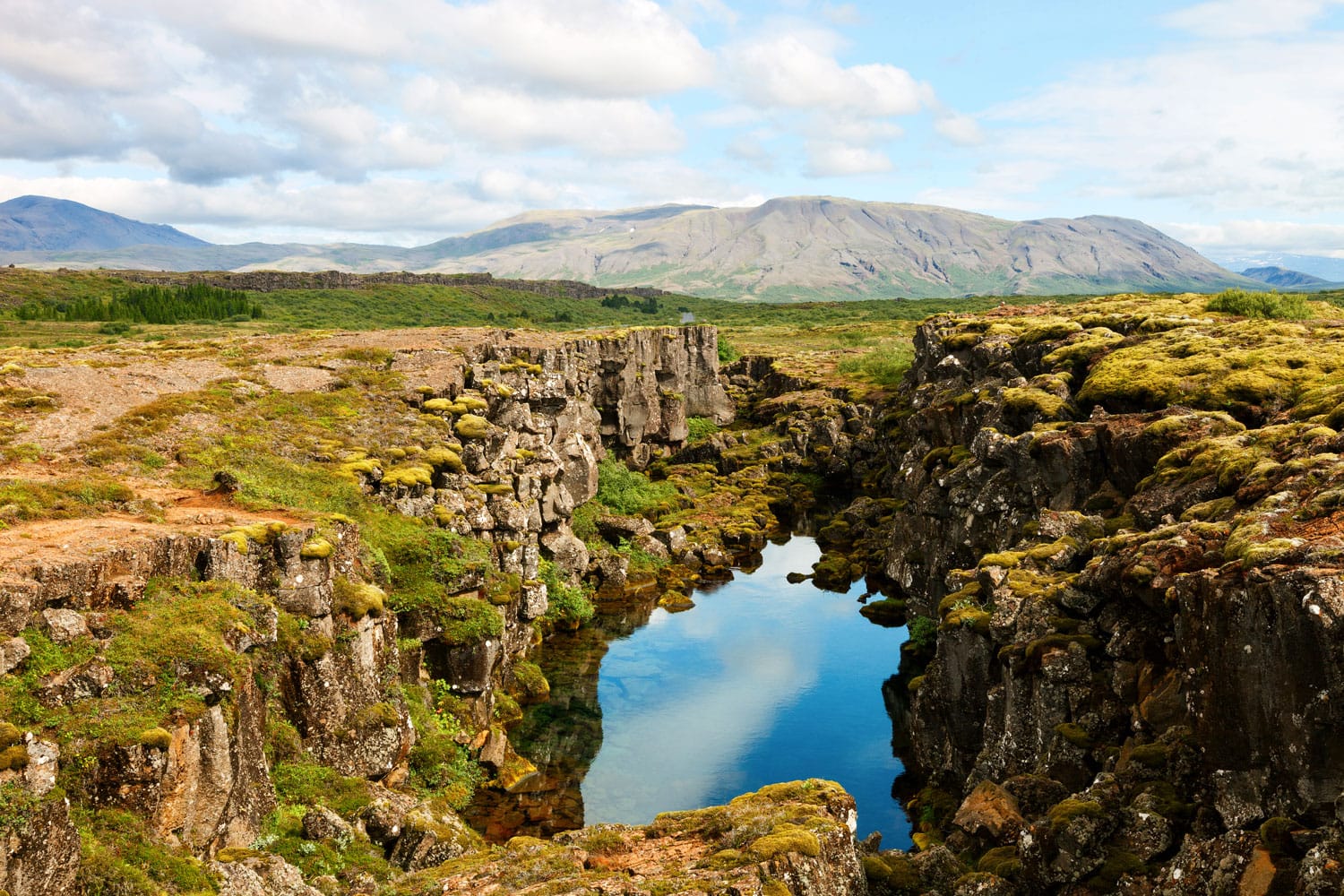
Gullfoss Waterfall
Next on the classic route is the beguiling Gullfoss (Golden Falls), one of Iceland’s best waterfall. Set in a plunging valley, the waterfall has two drops, with the Hvítá River taking a hard right turn in between. You can view the falls from above or walk down to their level, surrounding yourself in the refreshing spray of the river.
Gullfoss is a force of nature impressive to behold and makes some wonderful rainbows, especially in summer. It’s still beautiful in winter, though, as you might get to see the waterfall partly frozen, glimmering and jagged as if trapped in time.
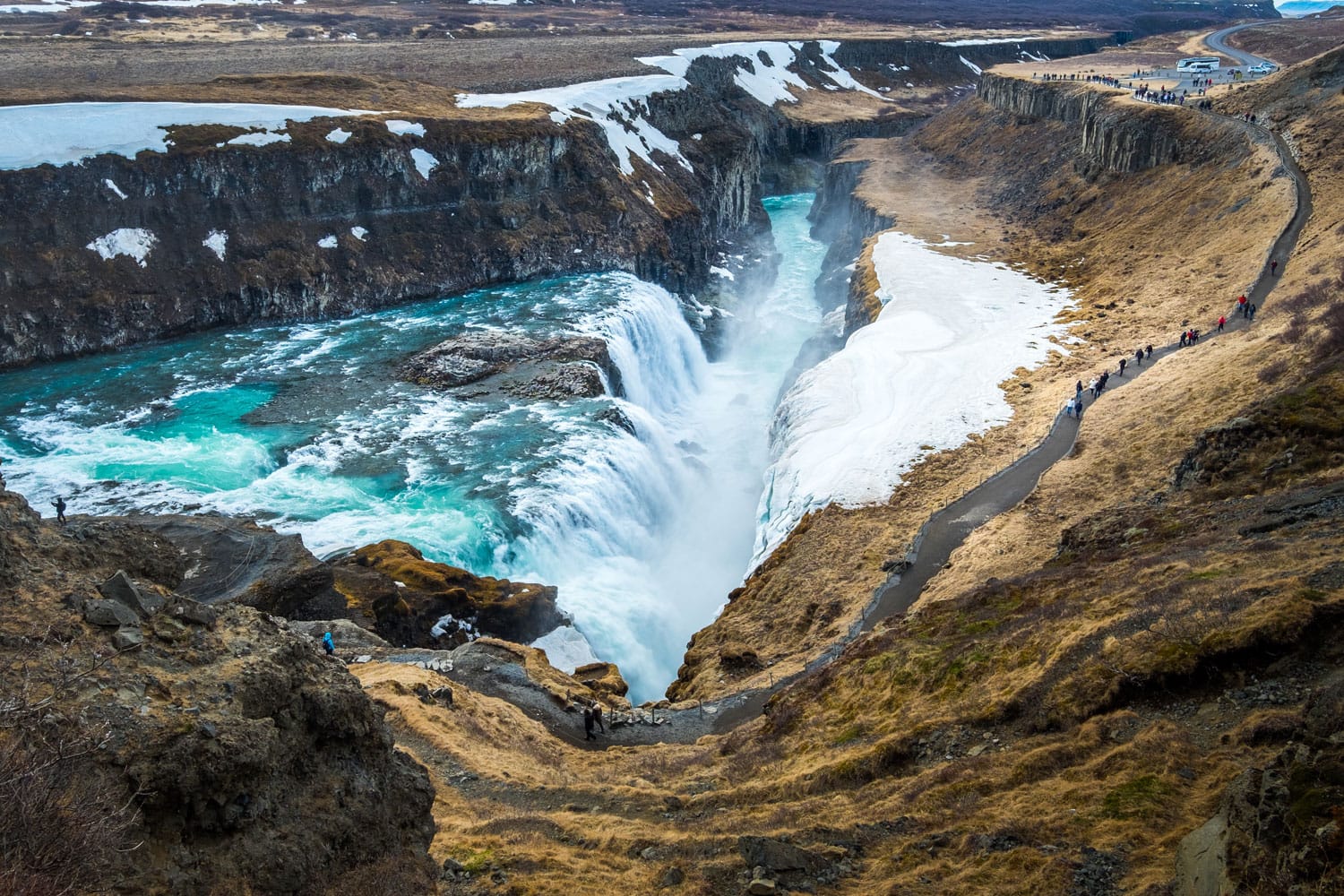
Geysir Geothermal Area
Last but not least on a trip around the Golden Circle is the geothermal area of Geysir. This is where the English word “geyser” comes from, so it’s hardly surprising that you can see the occasional eruption from vents of steam and spurting chimneys of hot spring water here. Although the area is named for its Great Geysir, which is now mostly dormant, you won’t be disappointed with the reliable Strokkur. Erupting roughly every 10 minutes, this geyser normally reaches around 20 meters high, though it’s been known to reach double that height.
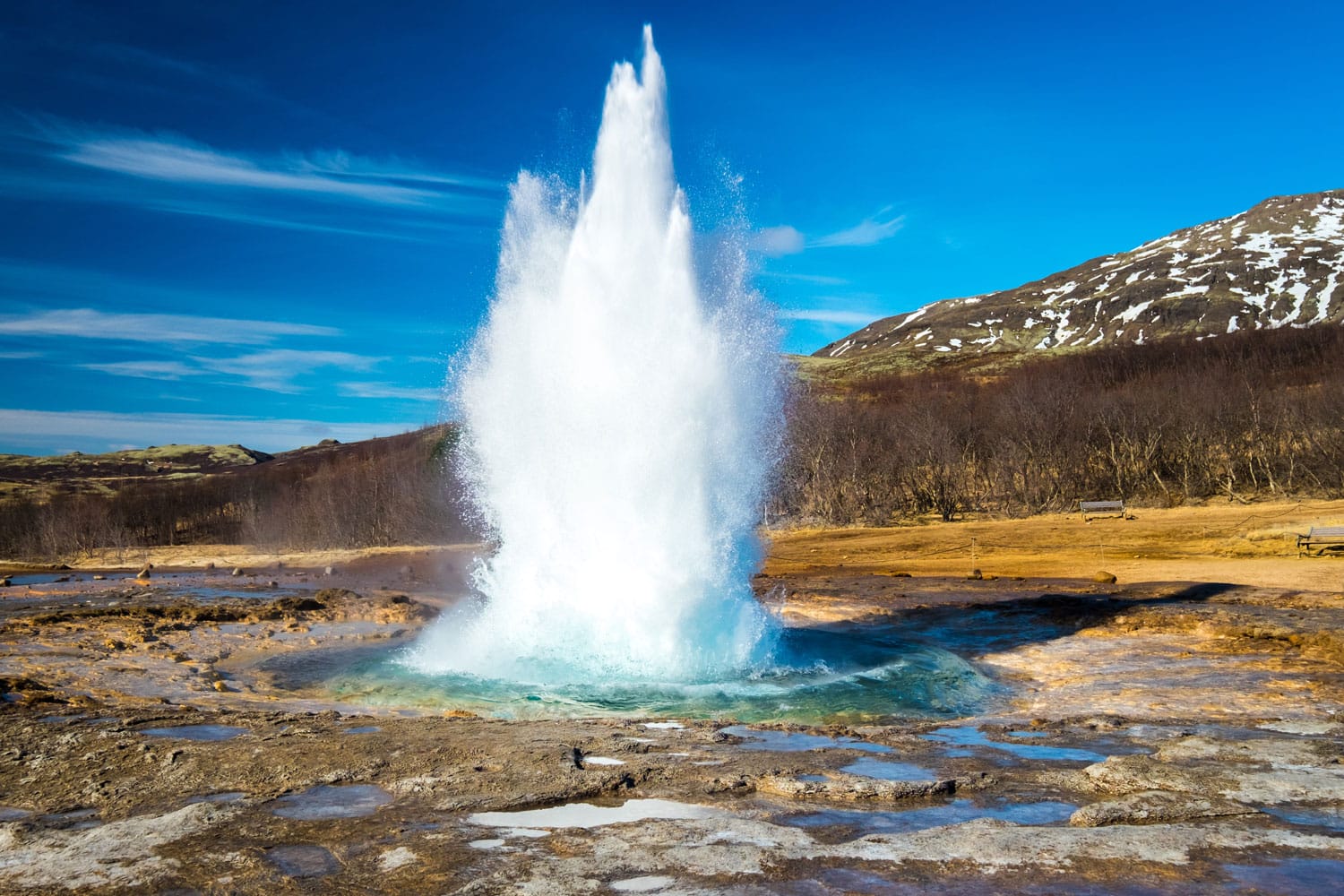
Northern Lights
In the evening, you’ll have your chance to tick something off the bucket list – seeing the northern lights in person. With the right conditions, you’ll get to see the night sky light up with ever-changing swirls of shimmering color. The best way to experience the aurora borealis is with a guided tour out of Reykjavík, as the guides will know the conditions that night and the best place to see this incredible natural phenomenon. You won’t mind staying up late for this light show!
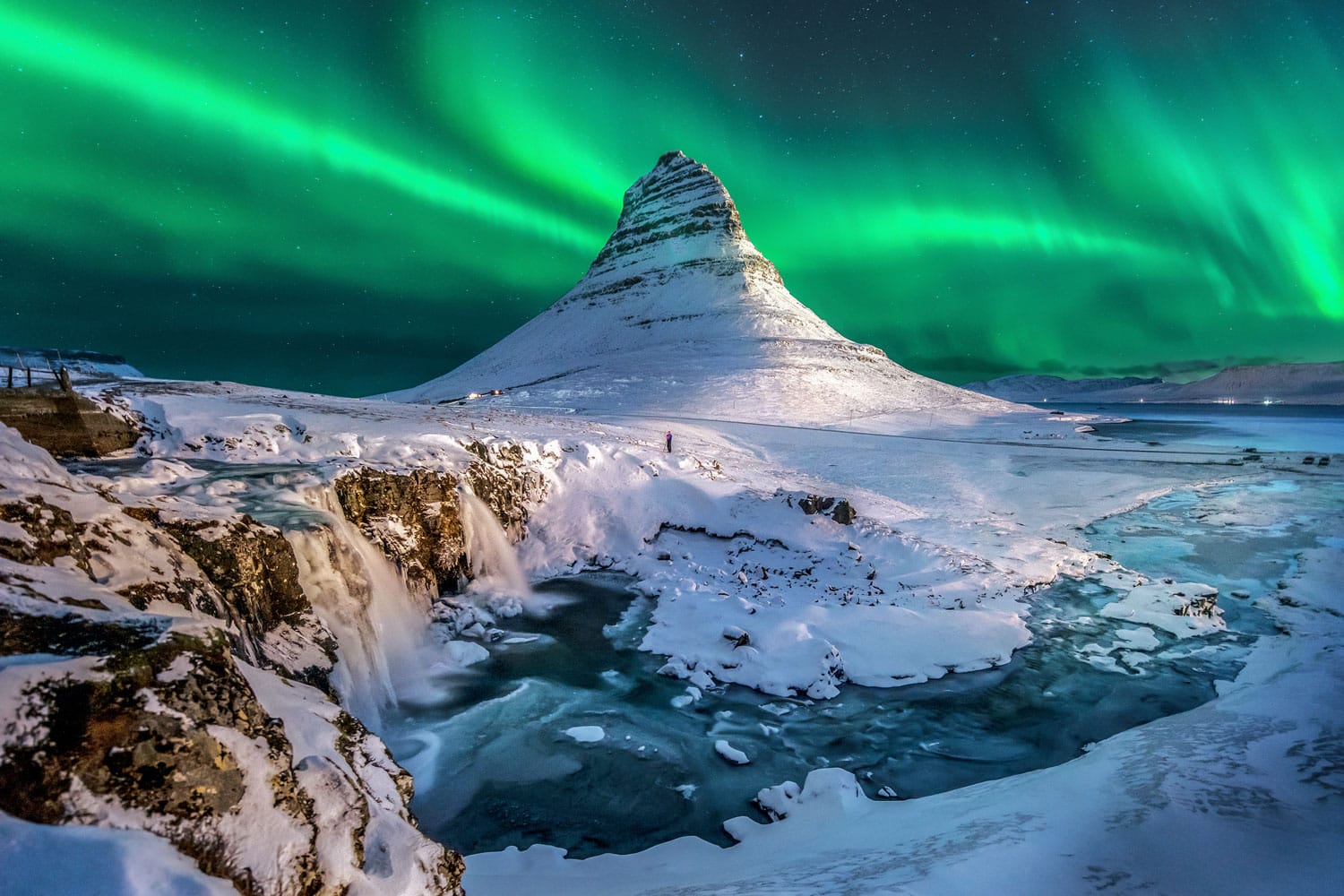
Day 3 in Reykjavík
The Golden Circle is by no means the only day trip you can take from Reykjavík. Your last day in Reykjavík is best spent venturing out to other parts of Iceland to see more wonders of this Nordic island.
Blue Lagoon
Widely regarded as one of the things you must do in Iceland, the Blue Lagoon is hard to resist. It’s also a convenient day trip, being just a short drive from Keflavík Airport and a common stop on the way from there to Reykjavík. This luxury spa is famous for its outdoor geothermal pools of pale blue waters set against volcanic black rocks. With steam rising off the pools, the Blue Lagoon feels quite cozy and intimate despite its size.
Unlike some of Iceland’s geothermal springs, the Blue Lagoon is entirely human-made, but that doesn’t make the hot, mineral-enriched waters any less soothing. With the temperatures generally sitting around 37-39 degrees Celsius (99-102 F), you can sit snugly in the pools even when it’s freezing cold outside.
You can also enjoy other activities and facilities at the Blue Lagoon. Some visitors like to use the mask bar, where you apply silica and algae as part of a facial treatment. Others are more interested in the swim-up bar or the sauna and steam rooms.
The Blue Lagoon sells out fast, so purchase your tickets well in advance here. For more information about the ticket options, check out our guide on how to buy tickets to the Blue Lagoon.
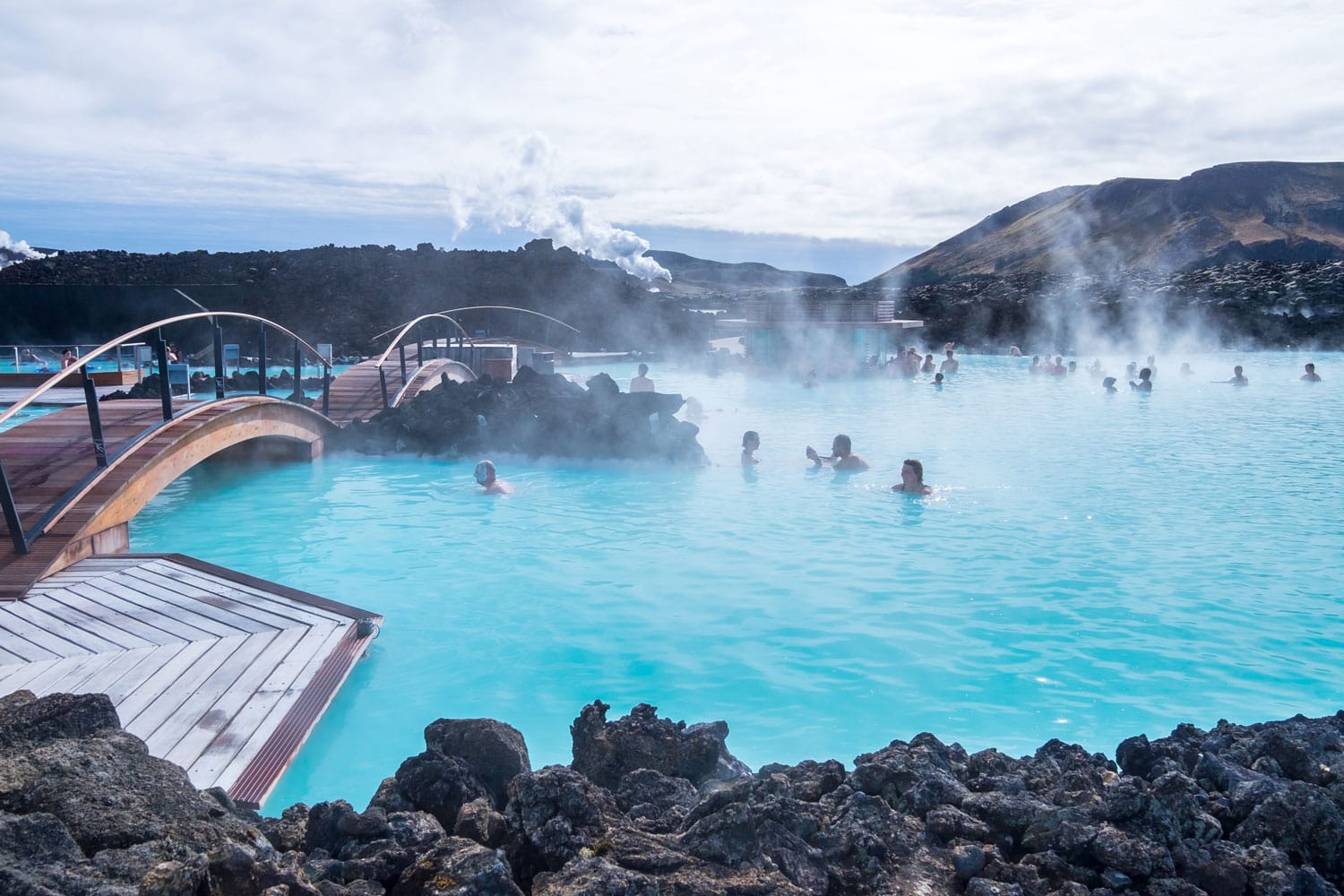
South Coast
The best way to get a sense of all Iceland’s jaw-dropping landscapes is with a journey along its south coast. Along the way, you can stop at various highlights and experience a wide range of Iceland’s natural treasures.
Recommendation: If you don’t want to drive yourself, check out this full-day tour of the south coast from Reykjavik, which is highly rated for its friendly and informative guides as well as its low price.
On a journey down the south coast, you’ll take in the gentle majesty of more waterfalls, including the picturesque Seljalandsfoss and Skógafoss. You’ll also pass green pastures where Icelandic horses roam as if ready for a photo shoot. One landscape makes way for the next, constantly surprising you with Iceland’s sheer variety of raw beauty.
In the end, the challenge is deciding which you like better – the black sand beach and trap columns at Reynisfjara or the icebergs drifting along the Jökulsárlón (Glacier River Lagoon). Whatever Icelandic landscape you enjoy most, this is one tour you won’t forget.
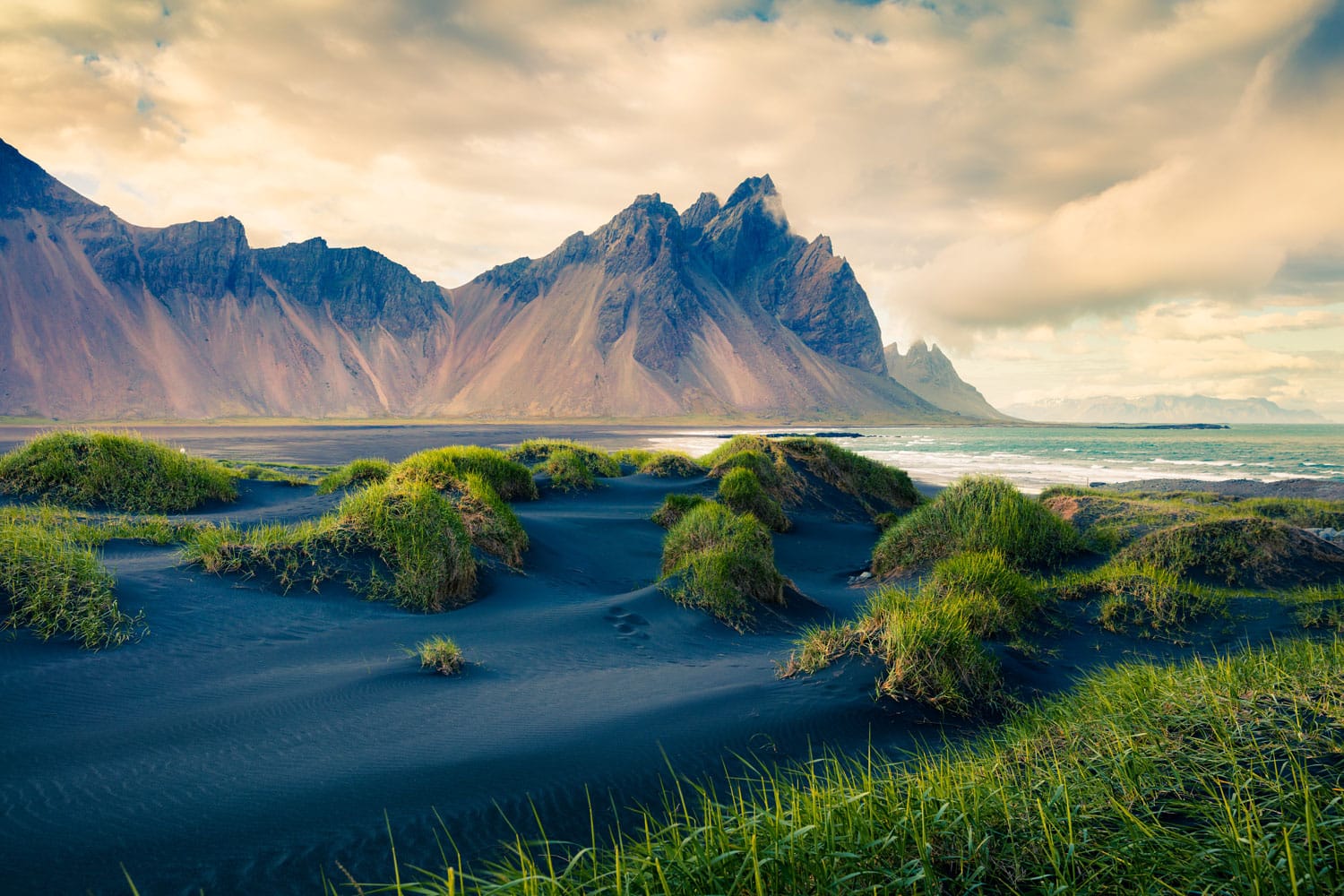
Whale-Watching Tour
Iceland doesn’t have a lot of wildlife to show off, but what it does have is pretty spectacular. Many of these creatures live in the icy waters surrounding the island, including several whale species. Decked in heavy waterproof gear, you can board a boat to spot humpback and minke whales, dolphins, or even (if you’re really lucky) a blue whale.
Recommendation: There are many whale-watching tour companies in Iceland, but this one is rated the highest. What sets it apart is its guarantee that you’ll see a whale; if you don’t, you get a free spot on another tour.
Some whale-watching tours include a stop along the coast so that you can admire the local puffins. These cute little seabirds show you a completely different side (and size) of Iceland’s wildlife. For animal lovers, there’s no better way to spend a day in Iceland.
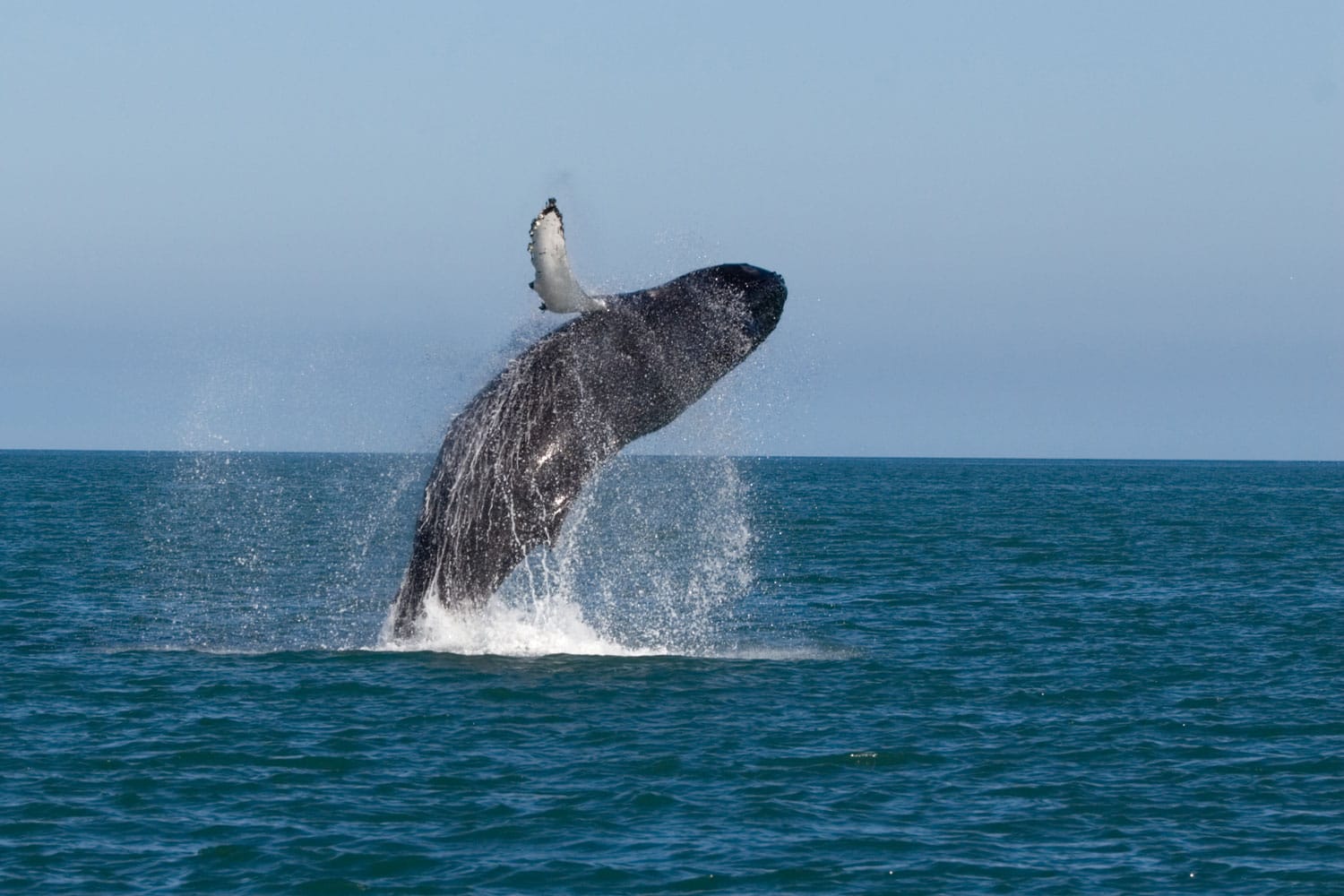
Well, that sums up the things you can see around Reykjavík in three days! If you follow our itinerary, we’re confident that you’ll love Iceland just as much as we do.
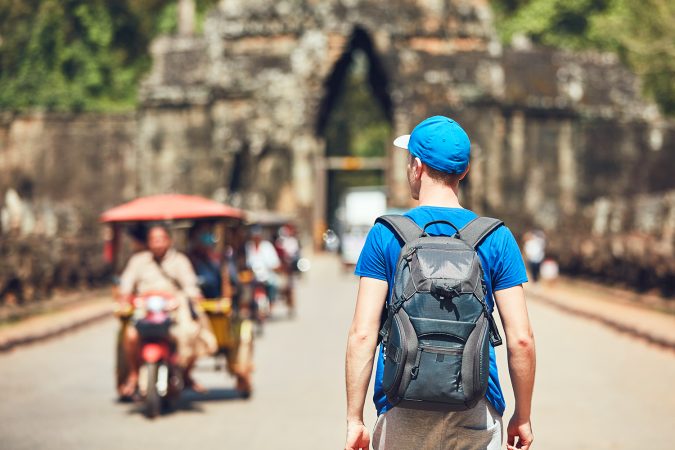
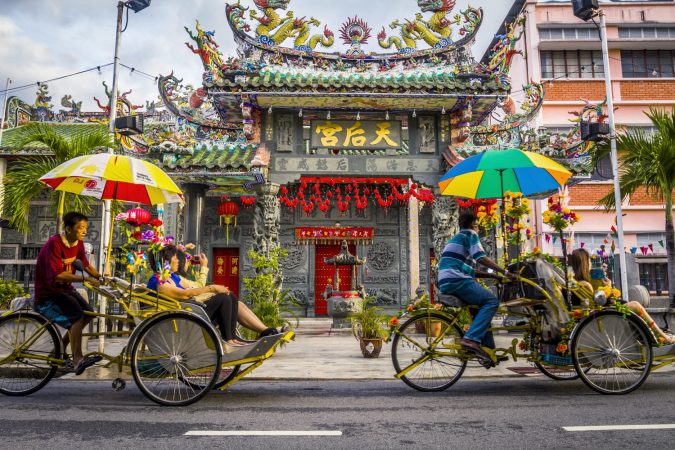
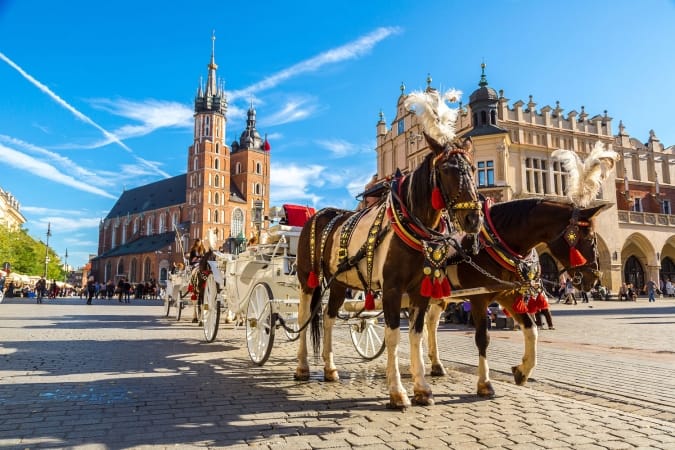
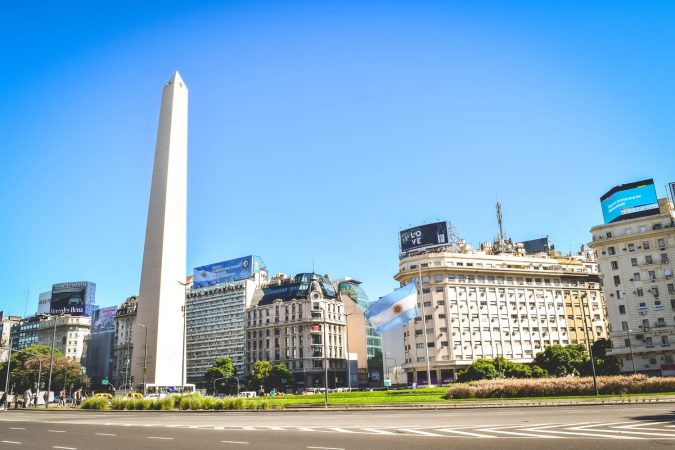
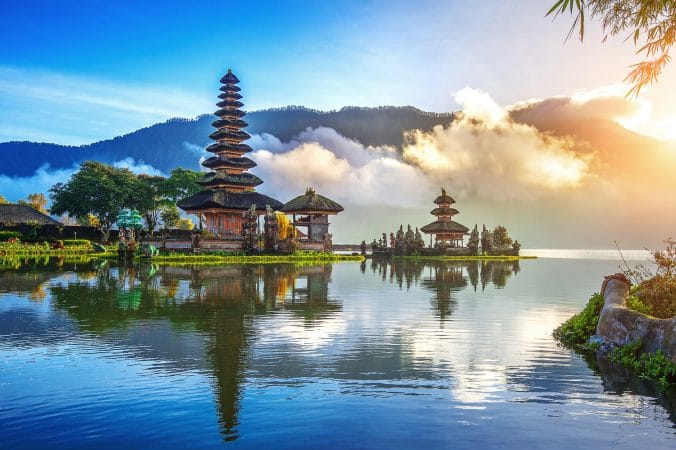
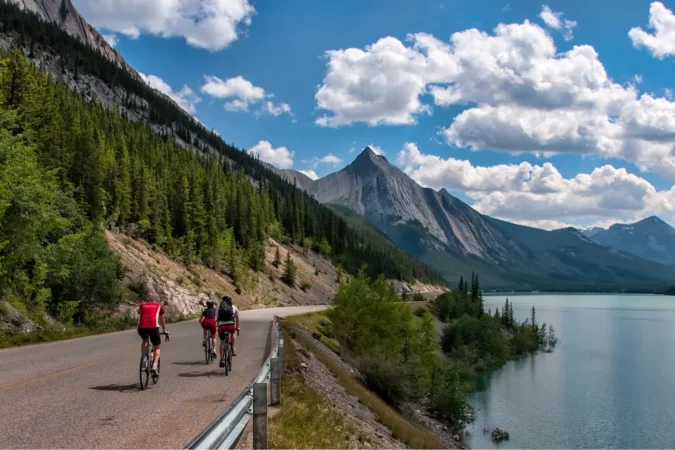
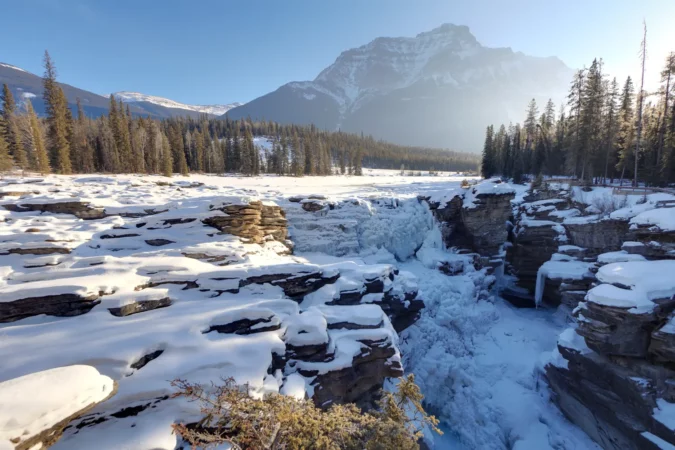
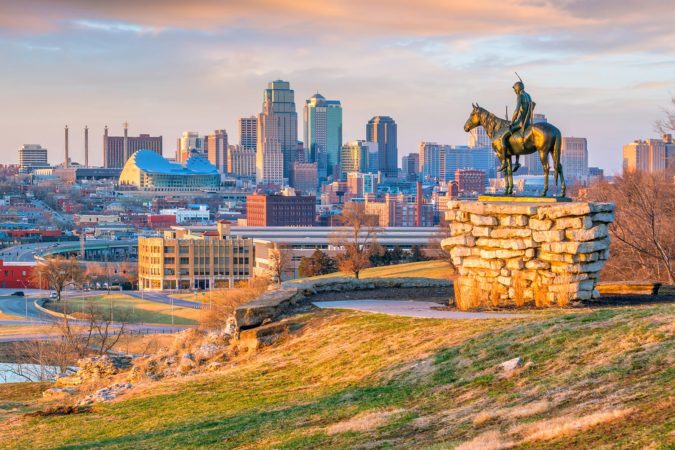
Chandra
What’s the name of the whale watch tour in Iceland. Thanks
Lib Fisher
Thanks so much for a really informative website!! We are making plans for a trip to Norway next summer and want to stop in Iceland. This is a wonderful intro to Reykjavik and the major sights to see while visiting there. Thanks for all the links to insurance, tours, etc. Great article!!!